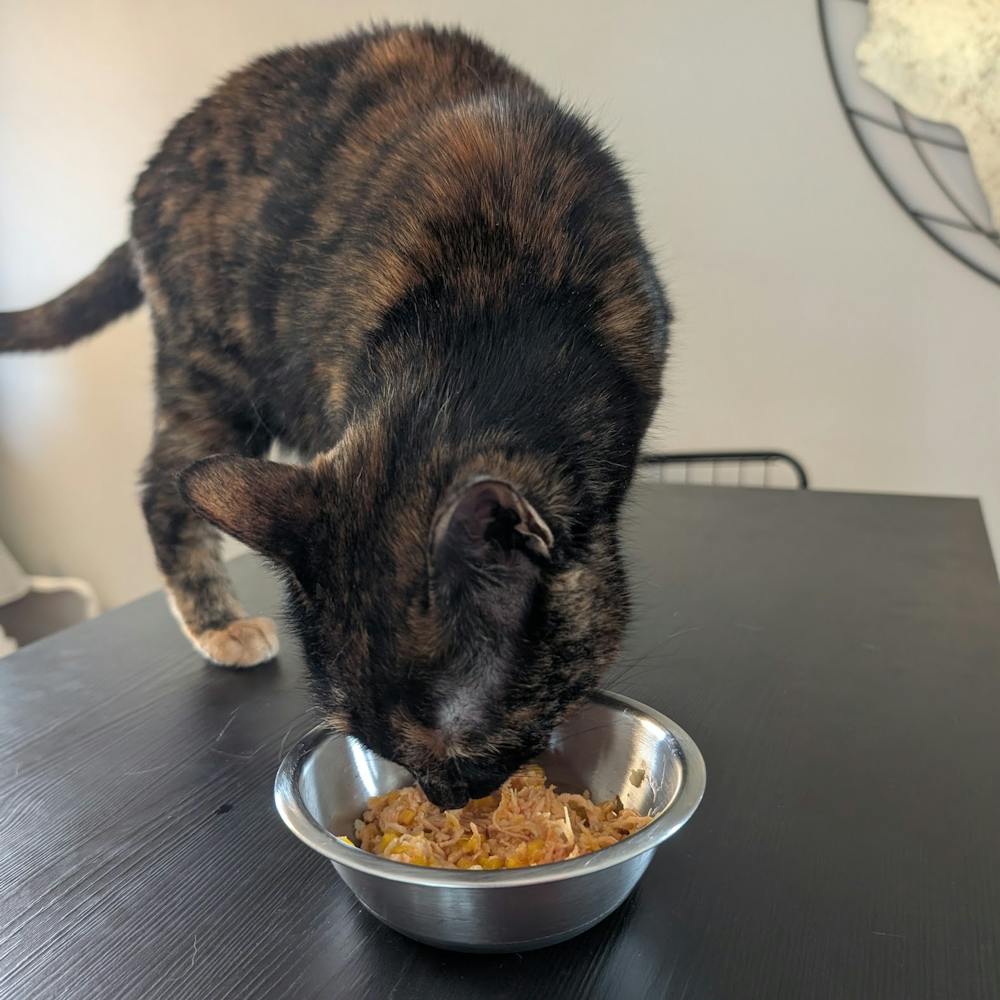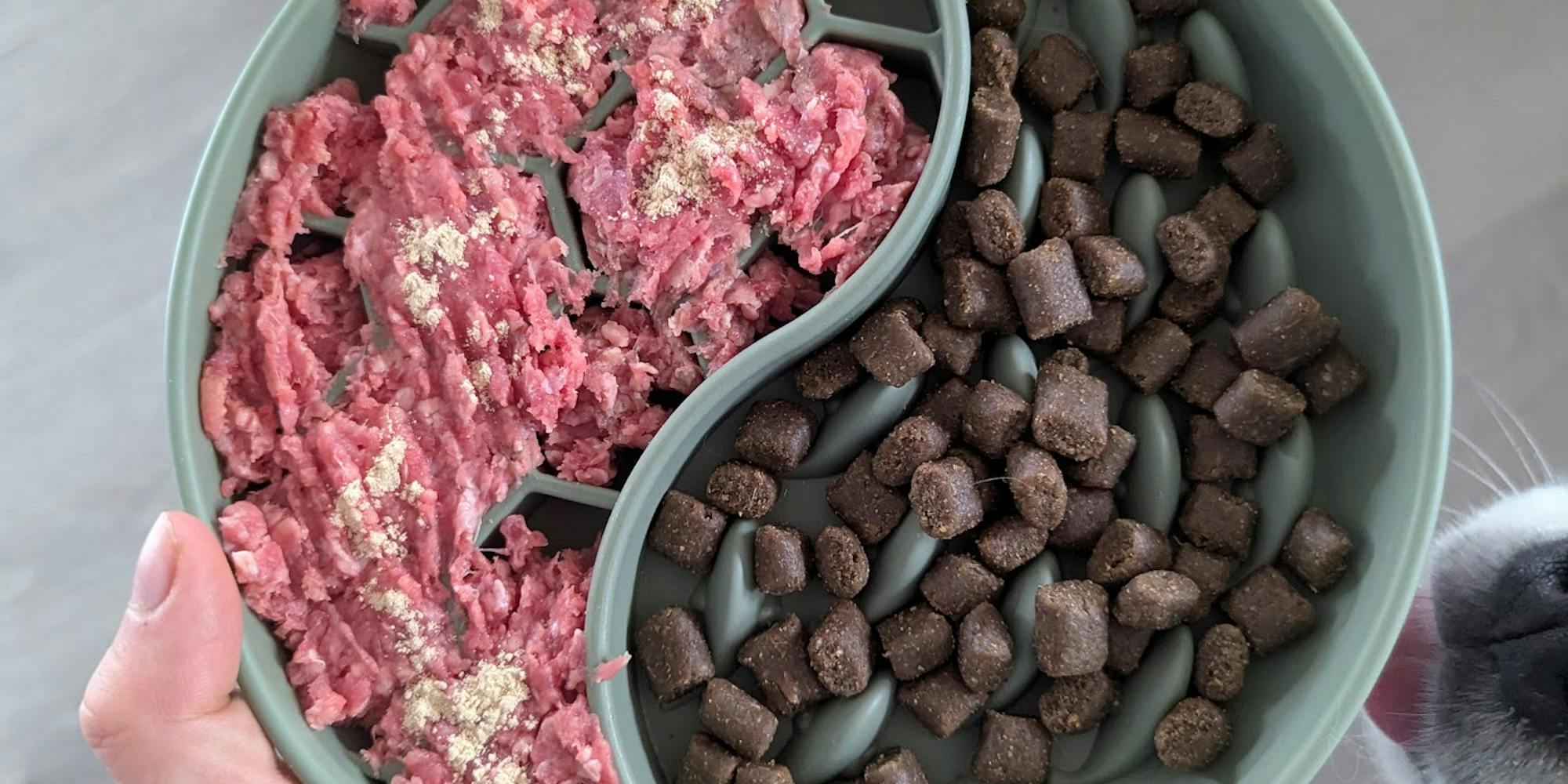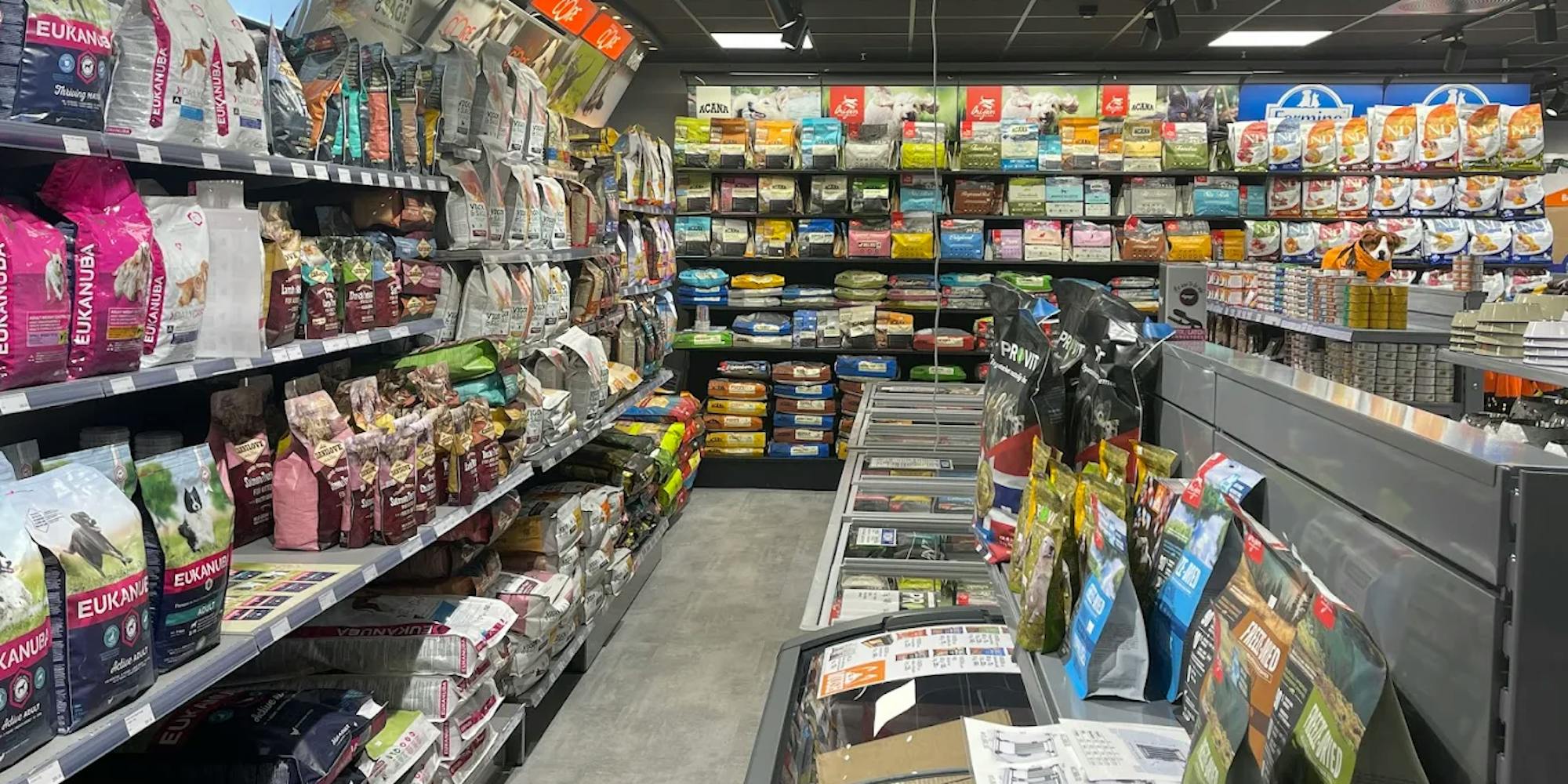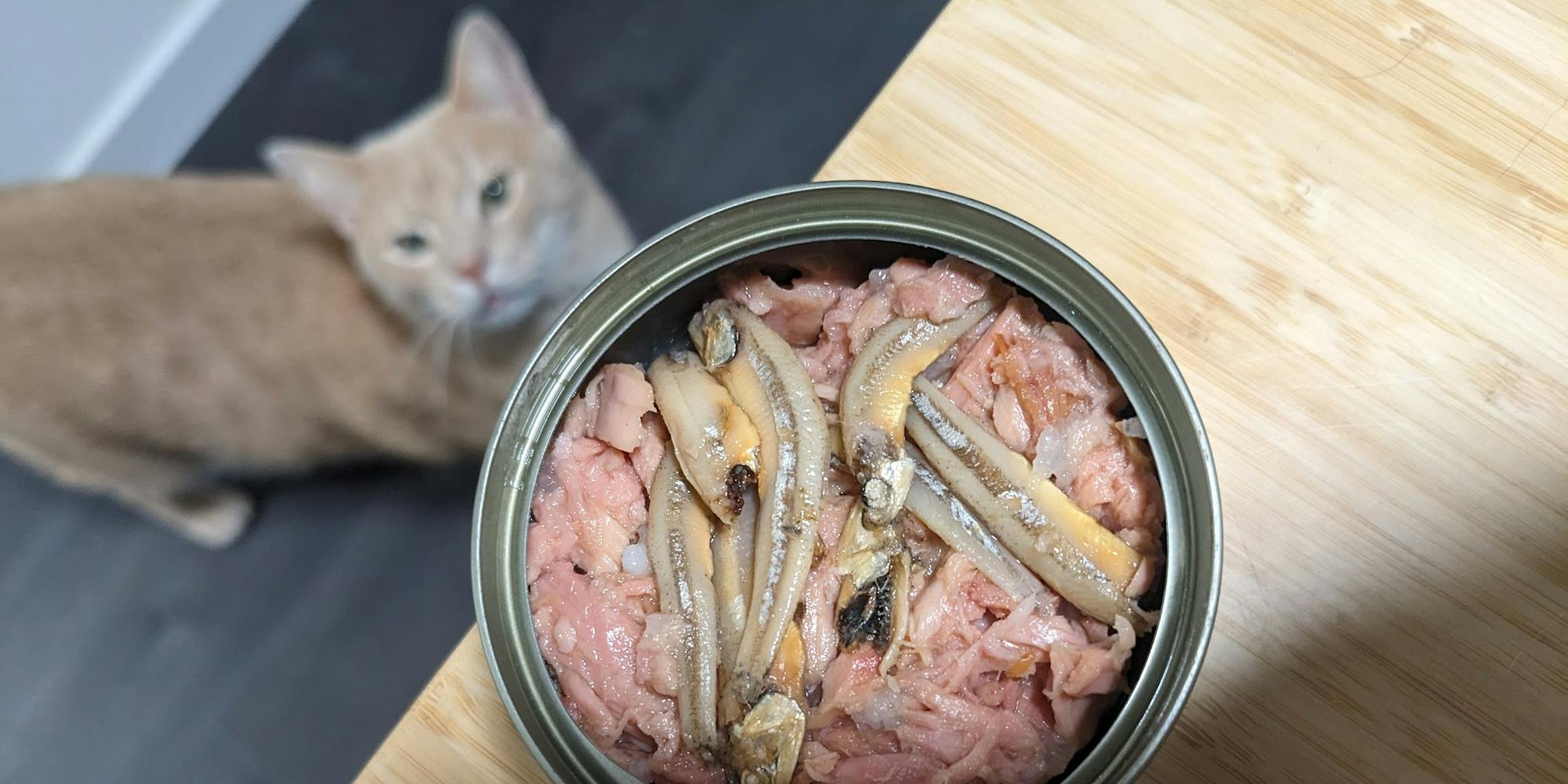"Wet food is a luxury" or "only for picky cats" are common myths you often hear. The reality? There’s a scientific reason why cats thrive on wet food, and it all comes down to their evolution.
The desert origins of cats
Cats evolved from desert ancestors who got almost all their water from prey, rather than from water bowls. This evolutionary legacy still shapes how modern cats handle moisture today.
A mouse contains about 70% water, which is the perfect hydration source for a cat. That’s why cats typically have a much lower thirst drive compared to dogs.
The problem with dry food
Dry food contains only 6–10% moisture, while wet food contains 75–85% moisture. This big difference can’t be balanced just by drinking more. Cats simply aren’t built to drink enough from a bowl to make up for it.
Chronic mild dehydration is the result for many cats who mostly eat dry food, even if they always have access to fresh water.
Why this matters for health
Kidneys and urinary tract
Concentrated urine caused by lack of moisture increases the risk of:
- Bladder stones and urinary crystals
- Urinary tract infections
- Kidney disease in the long run
- Constipation from dehydration
More diluted urine thanks to enough moisture intake helps flush the urinary tract and greatly lowers the chance of crystals forming.
Digestion and nutrients
Wet food not only contains more moisture but also offers:
- Better digestibility of proteins and nutrients
- A more natural texture that matches their instincts
- Higher in protein, lower in carbs than most dry food
Signs of dehydration
Many cat owners don’t spot these signs:
- Dry, sticky gums
- Reduced skin elasticity
- Concentrated, dark urine
- Constipation or hard stools
- Lethargy
The issue: These symptoms usually develop slowly and often aren’t noticed until the dehydration has become severe.
Practical solutions
Gradual transition works best:
- Start with a small amount of wet food alongside regular dry food
- Gradually mix wet and dry food
- Slowly increase the proportion of wet food
Boosting flavor can make a difference:
- Gently warm wet food to body temperature
- Try different textures (pâté, chunks, gravy)
- Mix in a bit of the favorite dry food
Extra sources of moisture
- Moist treats like frozen broth
- Water fountain instead of standing water
- Multiple water bowls around the home
- Broth, soups, or smoothies added to the food (with no onion or garlic)
When is extra moisture crucial?
Older cats are at greater risk of kidney disease and benefit even more from wet food.
Cats with urinary issues often need wet food as part of their treatment.
Overweight cats profit from the filling effect of wet food with fewer calories.
During illness, wet food helps recovery by making hydration easier and boosting food intake.
Debunking the myth
Wet food isn’t about spoiling your cat; it supports their biology. Even adding some wet food to a mainly dry diet makes a big difference for their hydration.
Quality matters most: A small amount of quality wet food does more for hydration than a lot of dry food with extra water on the side.

Need help with the switch?
Each cat has their own preferences and habits. Some make the switch easily, while others need a more gradual approach.
Need some help with this? Get in touch with us!
Contact usCheck out these articles

27/7/2025
Raw, kibble, or cooked: what’s best for your pet?
“What’s the best food for my pet?” – probably the most frequently asked question in pet nutrition. The truth? It depends on your situation and your pet’s individual needs.
Lees meer
27/7/2025
Why pregnant dogs need specialized nutrition
"She eats high-quality food, so that should be enough, right?" This is a question I often hear from owners of pregnant dogs. But pregnancy and lactation create completely different nutritional needs.
Lees meer
27/7/2025
Perfect nutrition + the wrong exercise = joint problems?
Even with the best puppy food, making the wrong exercise choices can cause joint damage. Here’s what every puppy owner should know about balancing nutrition and exercise.
Lees meer
27/7/2025
Overwhelmed by food labels? The truth about dog food
Feeling lost in the aisles of dog food? With hundreds of options and claims like "premium", "natural" and "gourmet", choosing the right food has become quite a challenge.
Lees meer

